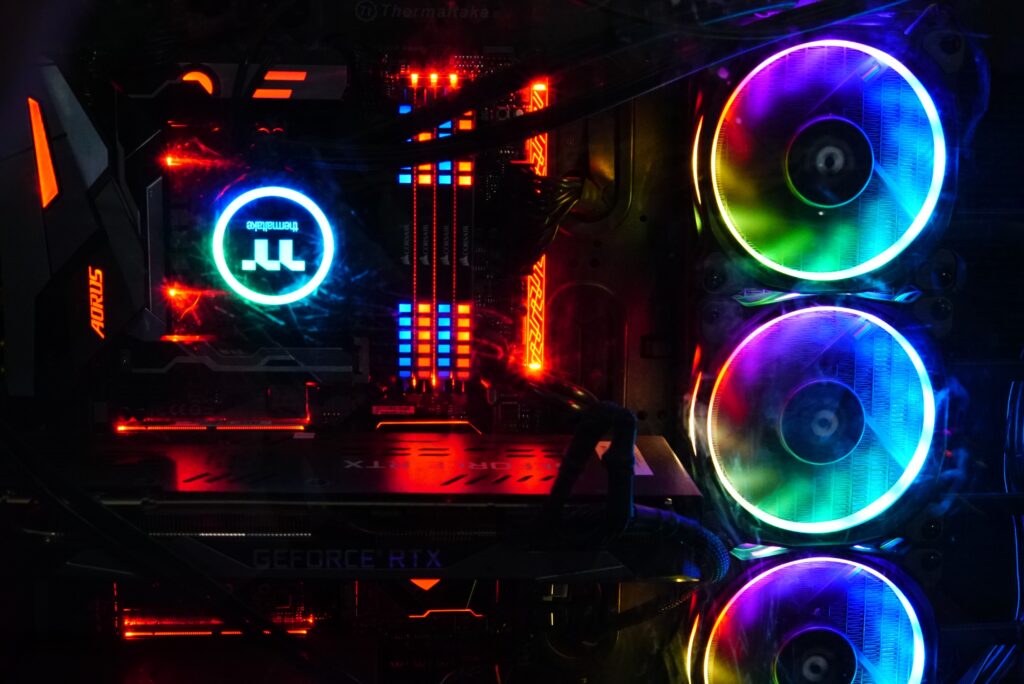
Introduction: Precision and Personalization
The advent of laser technology has revolutionized countless industries, with its precision and ability to replicate intricate designs. Among these applications, laser engraving stands out for its versatility in creating personalized and durable products. From promotional items to keepsakes, laser-engraved products offer a unique blend of art and science, where the precision of laser beams meets the creative designs of artisans.
Understanding Laser Engraving
Laser engraving is a process that uses a laser to etch designs onto various materials. Unlike traditional engraving methods, where physical tools make contact with the object, a laser engraver directs a high-powered beam to vaporize or burn off the surface layer, creating a permanent mark. This process is not only precise but also allows for intricate designs that would be impossible or too labor-intensive with manual methods.
Materials Fit for Engraving
One of the advantages of laser engraving is its compatibility with a wide range of materials. Wood, metal, glass, plastic, leather, and even paper can all be engraved with a laser. The material chosen often depends on the intended use of the product and the desired aesthetic effect. For instance, laser-engraved wooden plaques have a rustic, warm appeal, while etched glass has an elegant, refined look.
Crafting Unique Designs
Laser engraving is not just about utility; it’s an art form that allows for immense creativity. Designs can range from simple monograms to complex images and patterns. By adjusting the laser’s power, speed, and focus, engravers can achieve various effects and levels of detail. This flexibility is particularly valuable for creating custom products that cater to individual tastes and specific occasions.
Applications in Various Industries
The applications for laser-engraved products are vast and cross-sectoral. In the corporate world, companies use laser-engraved items for branding, such as on business cards, promotional gifts, and signage. The technology is also popular in manufacturing for marking parts with serial numbers or logos. In the personal sphere, consumers seek out laser-engraved jewelry, personalized gifts, and commemorative items for their uniqueness and permanence.
Advantages Over Traditional Methods
Laser engraving has several advantages over traditional engraving methods. The non-contact nature of the process means there is less wear and tear on the tools and the items being engraved. This leads to consistent quality, even for large production runs. Additionally, laser engraving is faster and more adaptable to design changes, making it ideal for both mass production and one-off custom orders.
The Future of Laser Engraving
As technology continues to advance, the possibilities for laser engraving expand. Innovations in laser technology mean that engravers can work with a wider variety of materials and at even higher speeds and resolutions. Furthermore, software developments allow for more detailed design work and easier customization, enhancing the potential for personalization in laser-engraved products.
Conclusion: A Blend of Artistry and Engineering
Laser-engraved products represent a beautiful synergy between artistic expression and engineering precision. Whether it’s a piece of jewelry, a custom sign, or a promotional item, laser engraving offers a way to create items that are both functional and aesthetically pleasing. As technology progresses, we can expect this field to continue growing, offering even more possibilities for customization and creativity. The future looks bright for laser engraving, with its ability to turn ordinary objects into personalized masterpieces that stand the test of time.